Get On Board!
Why you should try surfing in Norway

Deadly cold water, strong wind and insidious icebergs. That's what people think about the Atlantic ocean. Titanic and its passengers were buried there. We are on the Atlantic coast in Norway. Nearly half of this country’s land mass is in the Arctic territory. Can you imagine surfing the waves and having fun here? Especially in the winter time? It seems quite extreme, but it’s more than possible. Let’s dive deeper into this topic and Atlantic waves to find out what you need to start surfing in Norway safely.
Surfing is believed to be one of the oldest sports on Earth. It appeared in Polynesia thousands of years ago. However, it is a very young activity in Norway. Its history starts in 1963 in Lofoten. Sailors Thor Frantzen and Hans Egil Krane tried surfing in Australia and decided to bring this sport to their motherland. However, it was not that popular among Norwegians for the next several decades because of difficult weather conditions.
In 1985, The Norwegian Surf Association (NSRF) was established in the Stavanger area. And in the 1990s this sport became more popular due to the development of wetsuit technology that allows you to stay warm in the Atlantic water all year round.
Today, Norway is a popular international surfing destination for people from all over the world. Thousands of beginners and professionals ride the Norwegian waves every year. They come here for exotic mountainous landscapes and unique experience of surfing in the Arctic water.
On this timeline you can see how surfing has developed in Norway:
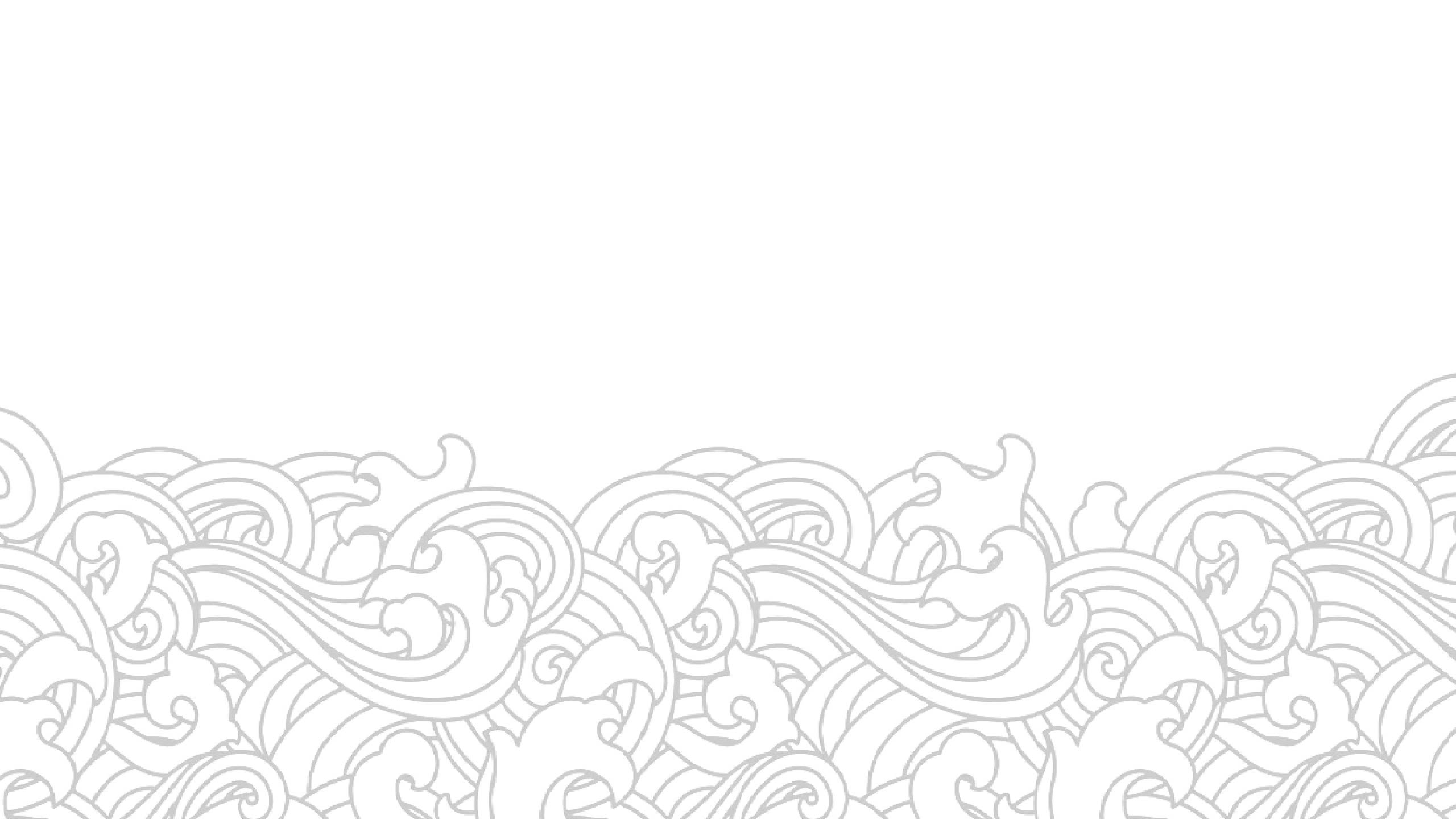
Deadly cold water, strong wind and insidious icebergs. That's what people think about the Atlantic ocean. Titanic and its passengers were buried there. We are on the Atlantic coast in Norway. Nearly half of this country’s land mass is in the Arctic territory. Can you imagine surfing the waves and having fun here? Especially in the winter time? It seems quite extreme, but it’s more than possible. Let’s dive deeper into this topic and Atlantic waves to find out what you need to start surfing in Norway safely.
Surfing is believed to be one of the oldest sports on Earth. It appeared in Polynesia thousands of years ago. However, it is a very young activity in Norway. Its history starts in 1963 in Lofoten. Sailors Thor Frantzen and Hans Egil Krane tried surfing in Australia and decided to bring this sport to their motherland. However, it was not that popular among Norwegians for the next several decades because of difficult weather conditions.
In 1985, The Norwegian Surf Association (NSRF) was established in the Stavanger area. And in the 1990s this sport became more popular due to the development of wetsuit technology that allows you to stay warm in the Atlantic water all year round.
Today, Norway is a popular international surfing destination for people from all over the world. Thousands of beginners and professionals ride the Norwegian waves every year. They come here for exotic mountainous landscapes and unique experience of surfing in the Arctic water.
On this timeline you can see how surfing has developed in Norway:
Surfing in Norway is not just a fun activity, it is also a sport. For example, during the annual X2 sports festival there is a competition called Xwave. Surfers from Norway and abroad come to the Atlantic ocean coast to participate and win a money prize. In spring 2022, it took place at Ervik surfing spot.
The judges follow the World Surf League (WSL) rules and have some criteria: speed, quality, variety and difficulty of the maneuvers. Surfers have 20 minutes in the water, they can catch a maximum of ten waves and only the two best are counted. And while the audience is freezing on the snowy beach, it’s too hot for the sportsmen in wetsuits. Watch and turn around our 360 degree video to see how the coast looked like during the competition at the beginning of April.

Surfing in Norway is not just a fun activity, it is also a sport. For example, during the annual X2 sports festival there is a competition called Xwave. Surfers from Norway and abroad come to the Atlantic ocean coast to participate and win a money prize. In spring 2022, it took place at Ervik surfing spot.
The judges follow the World Surf League (WSL) rules and have some criteria: speed, quality, variety and difficulty of the maneuvers. Surfers have 20 minutes in the water, they can catch a maximum of ten waves and only the two best are counted. And while the audience is freezing on the snowy beach, it’s too hot for the sportsmen in wetsuits. Watch and turn around our 360 degree video to see how the coast looked like during the competition at the beginning of April.
Despite the competition’s formalities, surfers mainly come here to have fun, enjoy being in the water with friends and get some adrenaline. At least, that’s what Arno Haarala, Felix Golden and Emil Aslaksrud say. We talked to them right after they got out of the water. More insights – in our next video.
Even though surfing is a sport and some people do it professionally, a lot of surfers consider it a hobby. However, they are willing to put a lot of effort into this hobby. Some of them even make their own surfboards.
That is the case of Niklas Bazzan Schelling, arts and crafts student at Volda University College. He started surfing a few years ago and decided to sell his old “normal” surfboards to only surf with the ones he makes himself. For him it’s cheaper than buying equipment and it’s a nice way to occupy his time. It’s also a good way to try different ways of surfing with different kinds of boards. It’s a hobby but it may turn into a business some day.
If you have never tried surfing before, it’s important to know where to start. One of the most famous spots for that is Hoddevik – a small Norwegian village in Stad municipality, which is known for its surf camps. We decided to join a group of students from Volda University College on their way to this place and find out what surfing in Norway is like based on our own experience. Watch our reportage right from the ocean waves.
Our impressions of surfing for the first time in life:
1. It’s hard to put the wetsuit on and off, you need a friend to help you
2. Surfboard is really heavy, it’s better to carry two with one more person
3. Don’t bring heavy bags to the beach. It will be hard to carry it with the board
4. It’s not cold in the water at all, wetsuit is amazing
5. Surfing is a hard physical exercise, it takes a lot of energy
6. It’s very enjoyable when you can keep your body on the board and ride the wave
7. It’s very hard to stand up on the board (we didn’t make it)
8. We would really like to try it again!
To feel the atmosphere of Hoddevika beach and get an important piece of advice from the surf instructor, you can watch this 360 video. Click on the video frame and turn it around to see a part of the surfing lesson.
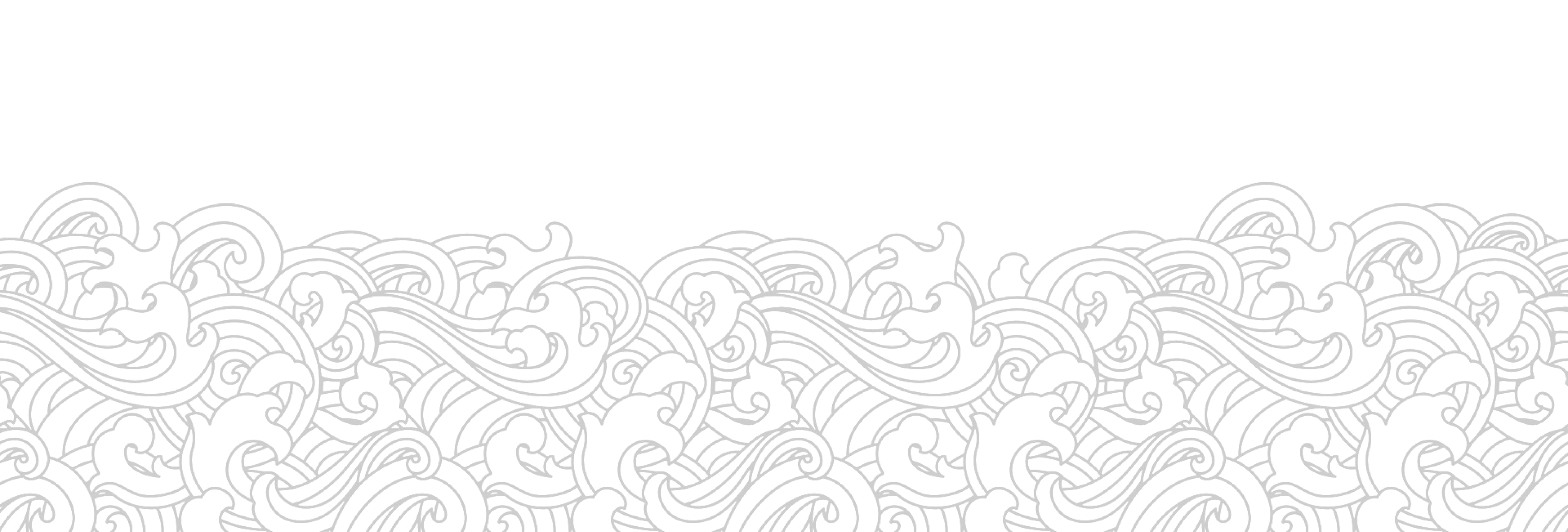


Despite the competition’s formalities, surfers mainly come here to have fun, enjoy being in the water with friends and get some adrenaline. At least, that’s what Arno Haarala, Felix Golden and Emil Aslaksrud say. We talked to them right after they got out of the water. More insights – in our next video.
Even though surfing is a sport and some people do it professionally, a lot of surfers consider it a hobby. However, they are willing to put a lot of effort into this hobby. Some of them even make their own surfboards.
That is the case of Niklas Bazzan Schelling, arts and crafts student at Volda University College. He started surfing a few years ago and decided to sell his old “normal” surfboards to only surf with the ones he makes himself. For him it’s cheaper than buying equipment and it’s a nice way to occupy his time. It’s also a good way to try different ways of surfing with different kinds of boards. It’s a hobby but it may turn into a business some day.
If you have never tried surfing before, it’s important to know where to start. One of the most famous spots for that is Hoddevik – a small Norwegian village in Stad municipality, which is known for its surf camps. We decided to join a group of students from Volda University College on their way to this place and find out what surfing in Norway is like based on our own experience. Watch our reportage right from the ocean waves.
Our impressions of surfing for the first time in life:
1. It’s hard to put the wetsuit on and off, you need a friend to help you
2. Surfboard is really heavy, it’s better to carry two with one more person
3. Don’t bring heavy bags to the beach. It will be hard to carry it with the board
4. It’s not cold in the water at all, wetsuit is amazing
5. Surfing is a hard physical exercise, it takes a lot of energy
6. It’s very enjoyable when you can keep your body on the board and ride the wave
7. It’s very hard to stand up on the board (we didn’t make it)
8. We would really like to try it again!
To feel the atmosphere of Hoddevika beach and get an important piece of advice from the surf instructor, you can watch this 360 video. Click on the video frame and turn it around to see a part of the surfing lesson.
Arno Haarala is a surf instructor in Hoddevik. We first met him as a Xwave participant and were quite surprised to see him again. He is from Finland and moved to Hoddevik years ago to turn his passion, surfing, into a lifestyle. Arno even surfs in January and can never get tired of it.
For him, Norway is one of the best places in the world where you can learn how to surf: “There are waves all year, the beach is made of sand, the mountains protect from some wind and there is a lot of space”, – he says. He likes teaching a lot and can give you some tips on how to start surfing in Norway.
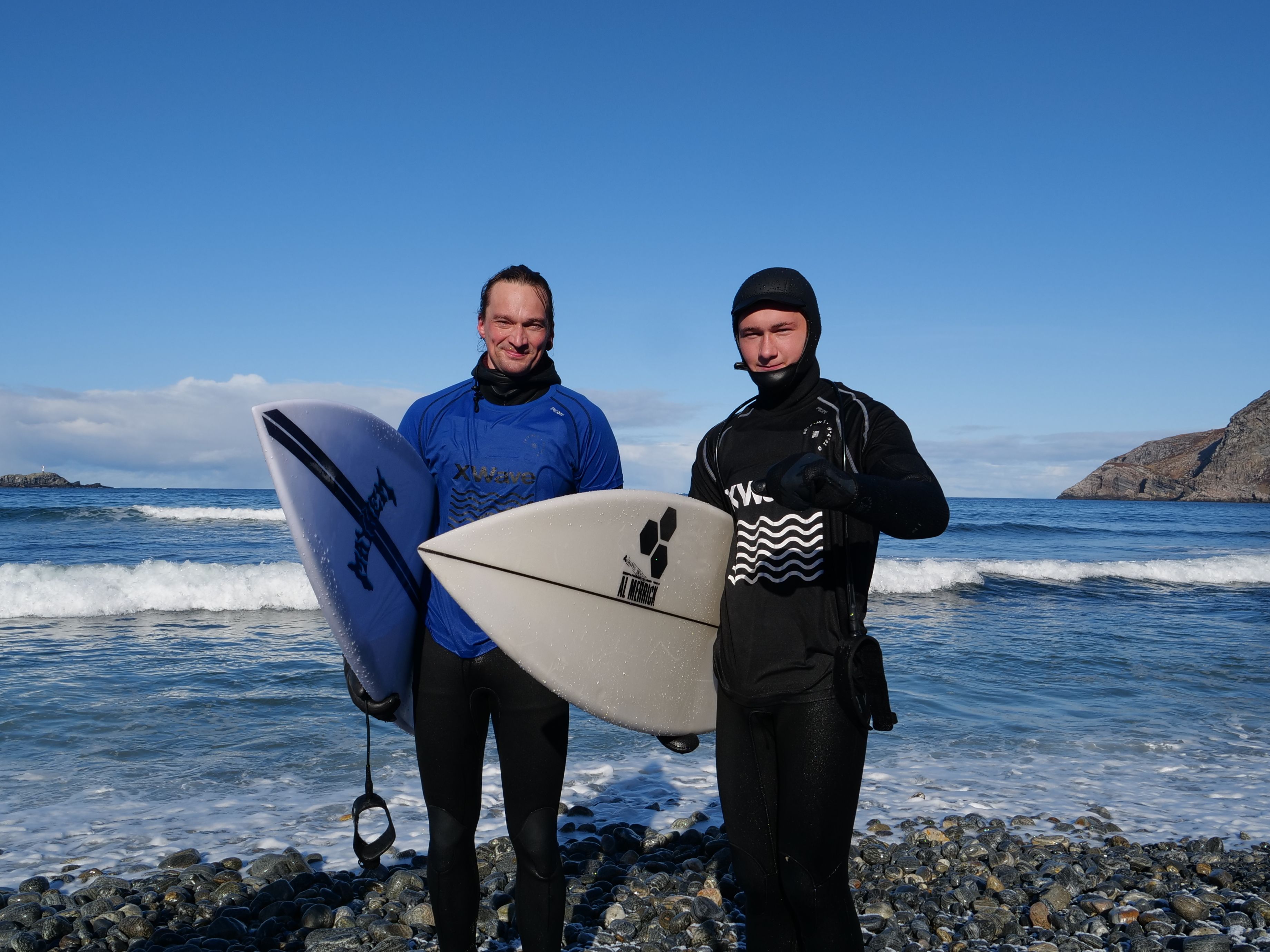
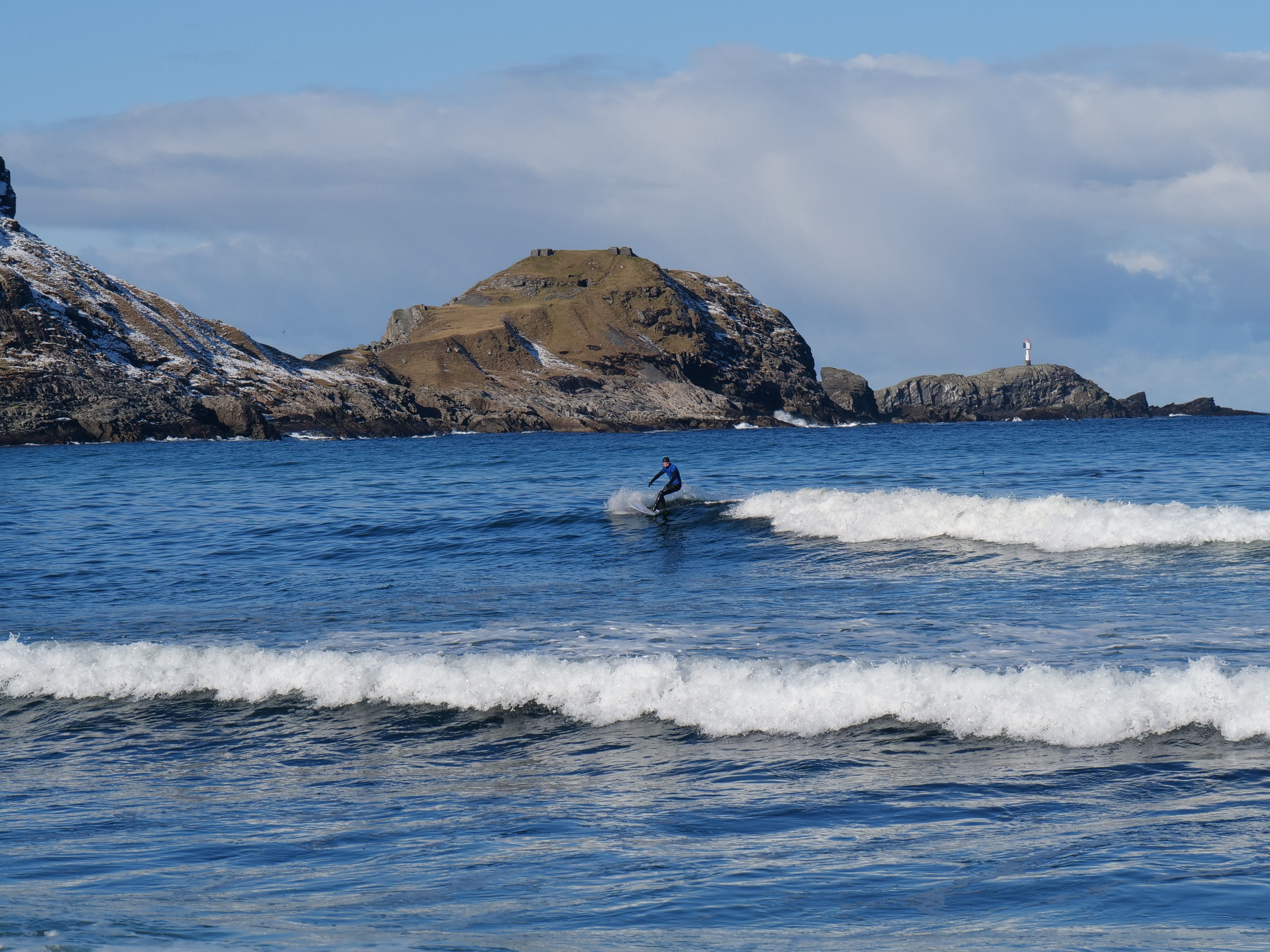

From the left: Arno Haarala and Felix Golden
From the left: Arno Haarala and Felix Golden

Arno's Tips for Beginners:
Take a lesson with a surf instructor
It's easier and safer to first have a teacher with you, and then you can practice alone.
Go to the “beach breaks”
These are the areas where the waves break over a sandy floor. Pebble beaches aren't fit for surfing that well.
Choose a big and wide board
It makes it easier to catch the waves.
Don’t stress if you can’t stand up on the board
There are a lot of ways of surfing, you don’t have to stand up to enjoy, you can just bodysurf to feel the waves and nature. Learning how to surf takes years, so no reason to worry if you can’t make it perfect the first time.
Start surfing in Hoddevik
Hoddevik is one of the best places for beginners, because the waves are usually not that huge and you can easily rent a board, wetsuit and take a lesson with an instructor.
Check out Lofoten
Unstad, the most famous surfing spot in Norway, is located there.
Don’t forget to have fun!
It’s the main purpose of surfing :)
According to the Norwegian Ministry of Climate and Environment, “Norway has the second longest coastline in the world after Canada, with a length of 100,915 km including all the islands”. There are a lot of spots for surfing, surrounded by magnificent landscapes. Find the best option for you with the help of our interactive map. Click on the spot to see its name.

Arno's Tips for Beginners:
Take a lesson with a surf instructor
It's easier and safer to first have a teacher with you, and then you can practice alone.
Go to the “beach breaks”
These are the areas where the waves break over a sandy floor. Pebble beaches aren't fit for surfing that well.
Choose a big and wide board
It makes it easier to catch the waves.
Don’t stress if you can’t stand up on the board
There are a lot of ways of surfing, you don’t have to stand up to enjoy, you can just bodysurf to feel the waves and nature. Learning how to surf takes years, so no reason to worry if you can’t make it perfect the first time.
Start surfing in Hoddevik
Hoddevik is one of the best places for beginners, because the waves are usually not that huge and you can easily rent a board, wetsuit and take a lesson with an instructor.
Check out Lofoten
Unstad, the most famous surfing spot in Norway, is located there.
Don’t forget to have fun!
It’s the main purpose of surfing :)
According to the Norwegian Ministry of Climate and Environment, “Norway has the second longest coastline in the world after Canada, with a length of 100,915 km including all the islands”. There are a lot of spots for surfing, surrounded by magnificent landscapes. Find the best option for you with the help of our interactive map. Click on the spot to see its name.
When it comes to surfing in general and in cold water in particular, it is important to think about safety. According to the Surfing Injuries in Norwegian Arctic Waters research, surfing in Norway injury rate is 2.2 injuries per 1000 surfing days. Usually it is caused by contact with the surfboard. Head/neck is the most commonly injured body part.
Also some hypothermia cases are reported, as 4% of the injuries are caused by the cold. The survey’s authors conclude that: “Surfing in cold and arctic waters leads to different injuries compared with surfing in warmer waters. These differences may be attributed to the use of wetsuit equipment. Surfing in Norway is relatively safe, however, some severe head injuries were reported which may have been prevented by the use of a helmet”.
According to the article Exploring the Travel Behavior and Experiences of Norwegian Surfers: Cold-Versus Warm-Water Surfing, even though surfing in Norway seems to be safe, it’s still more exhausting and harder than in warmer places. Besides, staying long in cold water can harm your skin.

When it comes to surfing in general and in cold water in particular, it is important to think about safety. According to the Surfing Injuries in Norwegian Arctic Waters research, surfing in Norway injury rate is 2.2 injuries per 1000 surfing days. Usually it is caused by contact with the surfboard. Head/neck is the most commonly injured body part.
Also some hypothermia cases are reported, as 4% of the injuries are caused by the cold. The survey’s authors conclude that: “Surfing in cold and arctic waters leads to different injuries compared with surfing in warmer waters. These differences may be attributed to the use of wetsuit equipment. Surfing in Norway is relatively safe, however, some severe head injuries were reported which may have been prevented by the use of a helmet”.
According to the article Exploring the Travel Behavior and Experiences of Norwegian Surfers: Cold-Versus Warm-Water Surfing, even though surfing in Norway seems to be safe, it’s still more exhausting and harder than in warmer places. Besides, staying long in cold water can harm your skin.
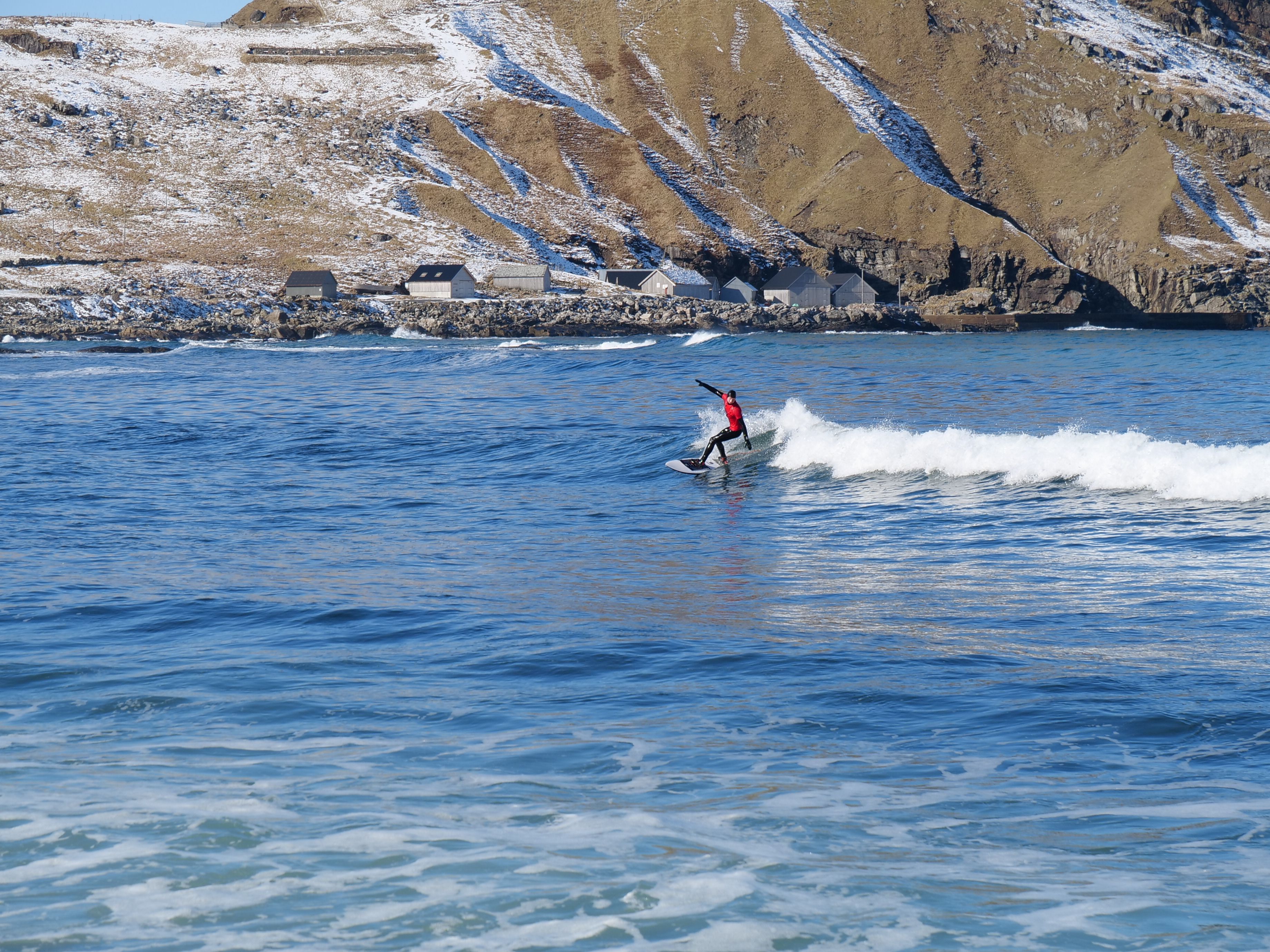
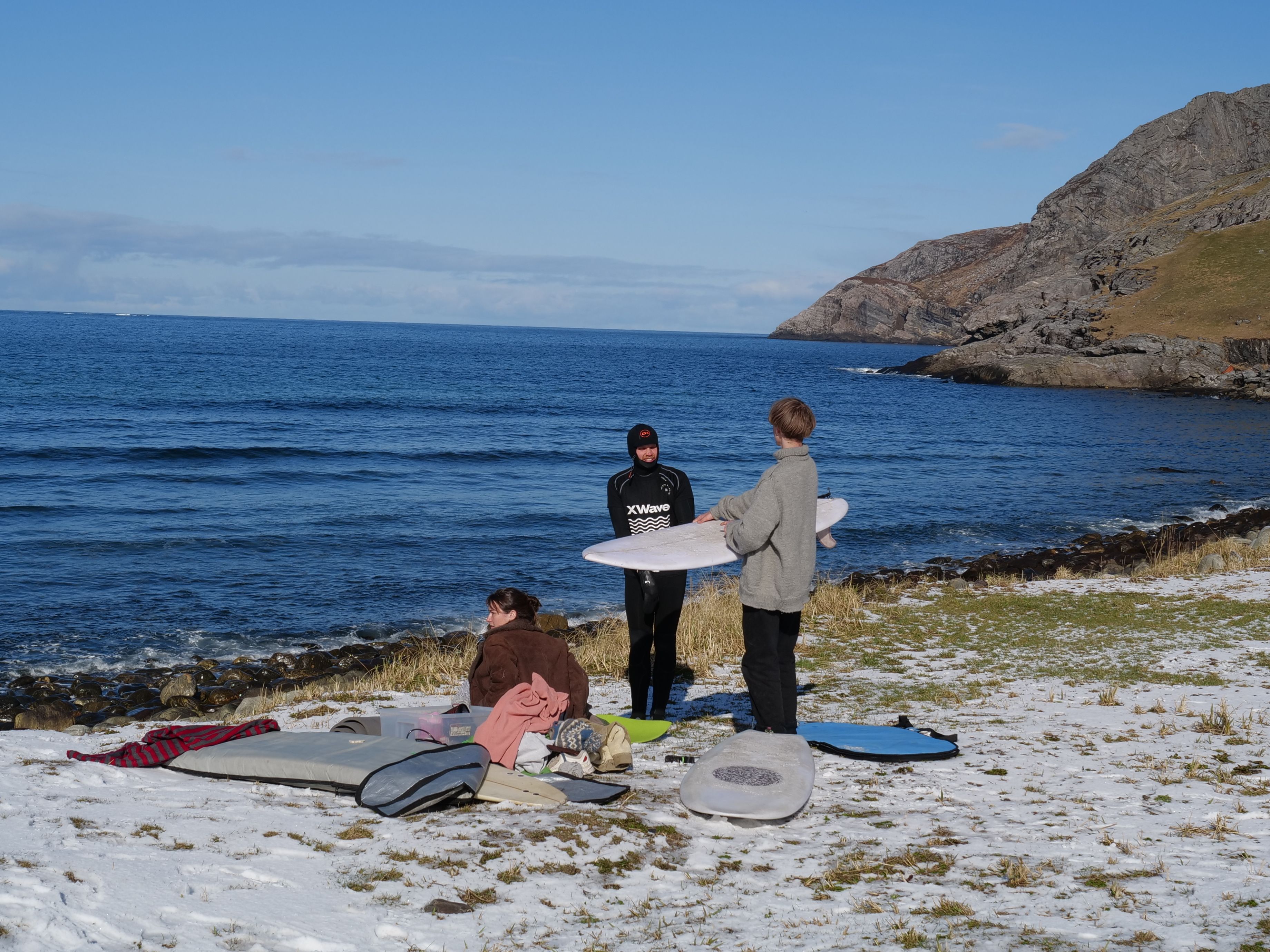
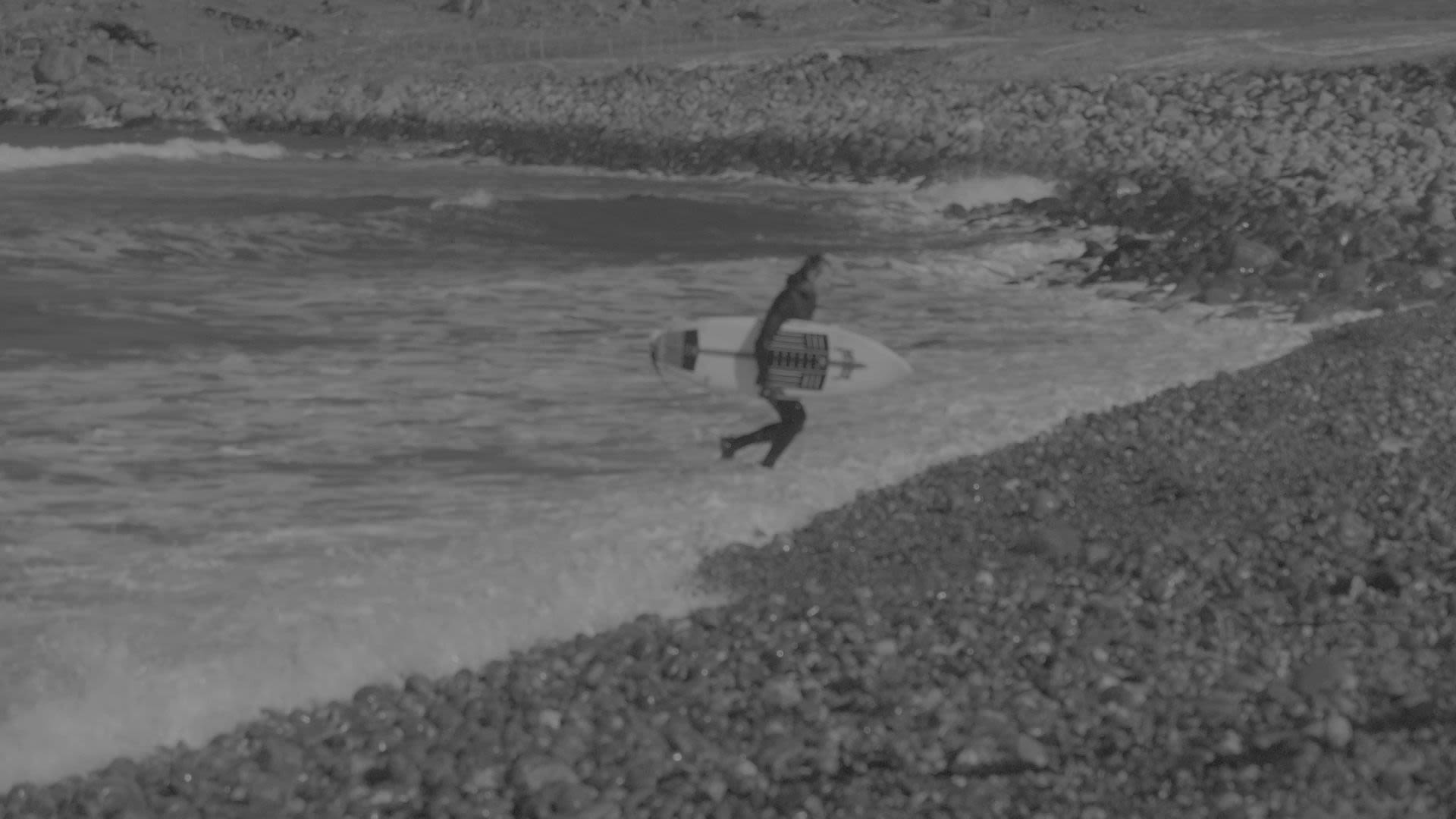


However, this adventurous sport is becoming more and more popular nowadays. Surfers are shifting to places like Norway to escape the crowded water. As the survey’s participants say, “cold-water surfing is a balance between your energy and the energy of the ocean”.
So, we suggest that you get on board! Maybe it’s your time to discover surfing in Norway.

However, this adventurous sport is becoming more and more popular nowadays. Surfers are shifting to places like Norway to escape the crowded water. As the survey’s participants say, “cold-water surfing is a balance between your energy and the energy of the ocean”.
So, we suggest that you get on board! Maybe it’s your time to discover surfing in Norway.
